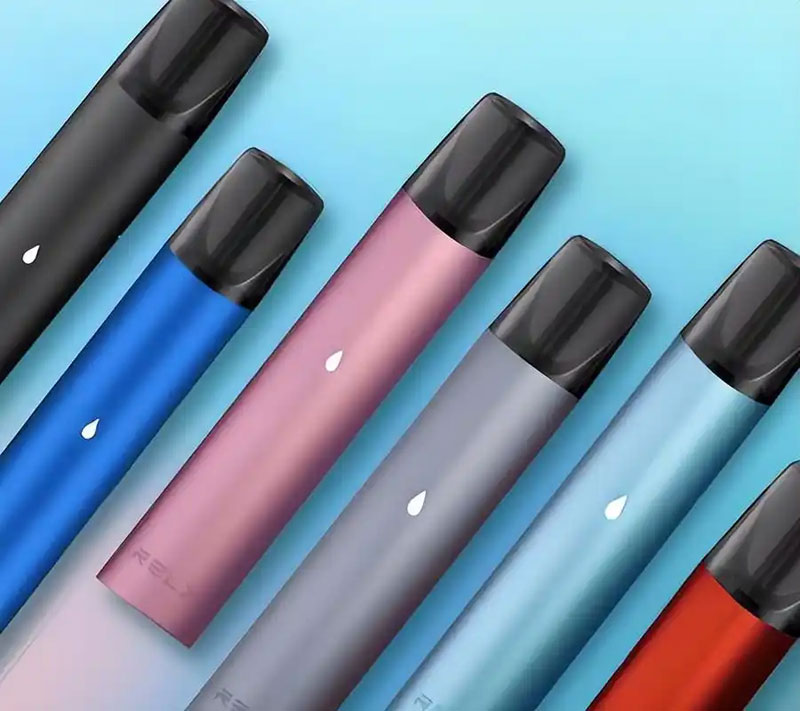The electronic cigarette market has undergone significant transformations in recent years, with bulk cases playing a pivotal role in reshaping industry dynamics. As consumers increasingly demand convenience and cost-effective solutions, manufacturers and retailers have responded by offering electronic cigarette lot cases. These bulk purchases not only provide savings but also cater to various customer preferences ranging from flavor diversity to usage frequency.
Understanding the Impact of Bulk Electronic Cigarette Cases
With the widespread adoption of electronic cigarettes, the demand for quantity has skyrocketed. Bulk cases offer an ingenious solution for both sellers and buyers. Retailers benefit from increased turnover and customer loyalty through competitive pricing, while consumers enjoy an uninterrupted vaping experience without frequent purchases. The rise of these bulk cases has introduced a paradigm shift—transitioning from single purchases to bulk buying.
Advantages for Consumers
 One primary advantage of purchasing electronic cigarette lot cases is the financial savings involved. Buying in bulk often results in a lower per-unit cost, making it particularly advantageous for regular users who consume high quantities. Moreover, bulk purchases reduce the frequency of shopping trips, offering convenience and continuity for avid vapers. Sellers have also adapted packaging designs to offer visually appealing bulk cases that enhance aesthetic value and ease of use.
One primary advantage of purchasing electronic cigarette lot cases is the financial savings involved. Buying in bulk often results in a lower per-unit cost, making it particularly advantageous for regular users who consume high quantities. Moreover, bulk purchases reduce the frequency of shopping trips, offering convenience and continuity for avid vapers. Sellers have also adapted packaging designs to offer visually appealing bulk cases that enhance aesthetic value and ease of use.
Market Adaptation and Growth
 The transition to bulk cases has influenced market strategies, pushing manufacturers to innovate in terms of packaging, flavor offerings, and product variety. As competition increases, brands strive to differentiate their products through unique selling propositions, focusing on aspects like eco-friendly packaging options and exclusive flavor combinations that appeal to niche segments.
The transition to bulk cases has influenced market strategies, pushing manufacturers to innovate in terms of packaging, flavor offerings, and product variety. As competition increases, brands strive to differentiate their products through unique selling propositions, focusing on aspects like eco-friendly packaging options and exclusive flavor combinations that appeal to niche segments.
From a logistical standpoint, electronic cigarette lot cases improve distribution efficiency. Shipping larger quantities reduces transportation costs, ensuring quicker delivery times and better inventory management. It’s a win-win situation for both sellers and buyers, facilitating smoother operations and enhancing the overall supply chain efficiency.
Regulations and Challenges
Despite the growth, the bulk sale of electronic cigarettes is not without challenges. Regulatory frameworks must adapt to account for the increased volume of sales, ensuring quality standards and safety protocols are upheld. Bulk purchases necessitate rigorous testing and compliance measures, particularly in markets with stringent health regulations. Companies are continually innovating to meet these standards and maintain consumer trust. The variance in regulations from region to region also poses a logistical challenge for manufacturers distributing globally.
Environmental Considerations
With the rise of bulk purchases comes increased packaging waste, which has environmental implications. As industries work towards sustainability, manufacturers are exploring biodegradable packaging and refillable electronic cigarette solutions that align with eco-friendly goals. Addressing environmental concerns is crucial, as consumers grow more conscious of their ecological footprint and demand sustainable products.
In conclusion, the burgeoning popularity of electronic cigarette lot cases reflects evolving consumer habits towards convenience and cost-effectiveness. As the market homogeneously shifts, understanding the implications of bulk purchasing is indispensable for stakeholders aiming to leverage these trends.
Frequently Asked Questions (FAQ)
1. Can buying electronic cigarette lot cases save money?
Yes, purchasing in bulk usually lowers the unit cost, providing savings for regular users.
2. Are there regulations for bulk electronic cigarette sales?
Indeed, bulk sales must conform to stringent safety and quality standards, which can vary by region.
3. What environmental initiatives are in place for bulk electronic cigarette cases?
Manufacturers are increasingly adopting sustainable practices such as eco-friendly packaging and refillable designs.
